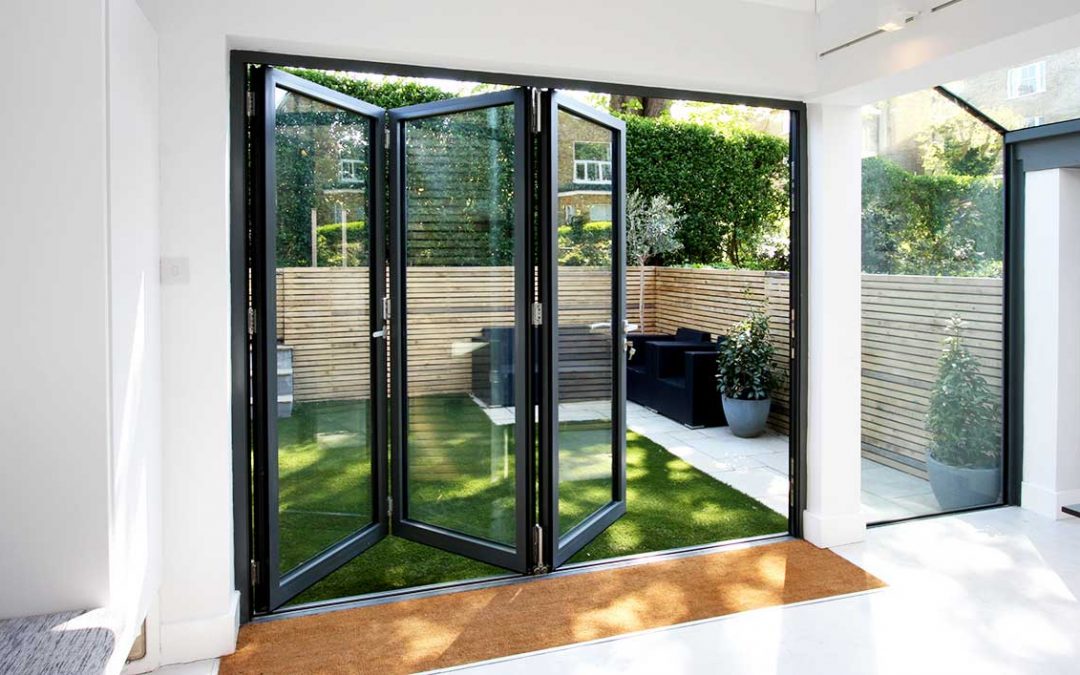All Categories
Featured
Table of Contents
Windows Of Opportunity: Your Guide To High-performance ... in Coolbinia Western Australia
Laminated glass is often utilized in locations in the home most susceptible to injury from human effect such as bathrooms, doors, around staircases and in locations near the floor (it satisfies the requirements of 'security glass' that is mandated for use in these areas by Australian Basic AS 1288 Glass in structures).
Toughened glass has been 'tempered' by being reheated and rapidly cooled again. This procedure makes it much stronger than basic glass it can resist greater impact loads prior to breaking. It also makes it much safer due to the fact that, when it does shatter, it burglarizes numerous small cubic pieces instead of unsafe fragments.
A Complete Guide To Double Glazed Windows in Victoria Park Perth
Toughened glass has no thermal or acoustic advantages over other glass of the exact same toning or density. Secondary glazing is where single-glazed windows are retrofitted with a transparent acrylic or glass sheet attached to the inside of the frame or openable sash with a secondary frame or with magnetic strips.


Secondary glazing will not carry out as well thermally as a produced IGU, since it is impossible to completely seal the border, however it can supply excellent noise control. Window movies are a thin polymer film including an absorbing color or reflective metal layer, with an adhesive backing. They stick to your glazing to change its colour or make it reflective.
Double Glazing Perth in Leederville Perth
Applied to existing glass, some window films can halve the overall SHGC of the window by soaking up and/or showing solar radiation. This can be especially helpful in hotter environments where cooling is the main concern, or on east and west elevations directly exposed to extended periods of sunlight. Nevertheless, window movies may likewise minimize visible light transmittance.

For this reason, it is usually best to utilize an accredited installer of window film. Frames have a substantial effect on the thermal efficiency of windows and doors, due to the fact that energy can be acquired and lost through the frame, as well as through the glass. Different kinds of frame will allow various levels of heat gain and loss, so careful option of frame is necessary for reliable passive design.
Is Double Glazing Worth It? in Bellevue Perth
Aluminium is also a really excellent conductor of heat and will reduce the insulating worth of a glazing system, unless specifically engineered to minimize this. A 'thermally broken' frame is made up of 2 aluminium areas connected by a structural insulator (typically a low-conductivity structural polymer). This 'breaks' the thermal connection through the aluminium and minimizes the heat flowing through the frame.
Wood frames are a great natural insulator that can match some house designs. Timber frames ought to be made from species that have naturally high sturdiness or be dealt with to avoid decay and deformation.
Glazing And Glass Options - Smarter Homes in Kalamunda Western Australia
Nevertheless, this can result in spaces that allow air seepage unless excellent draught sealing (weather stripping) is set up. u, PVC is a form of plastic (unplasticised polyvinyl chloride, also called stiff PVC). u, PVC frames provide outstanding thermal efficiency, typically much better than lumber or thermally broken aluminium. u, PVC is long enduring and needs extremely little upkeep, and can be moulded into complex profiles that provide exceptional air seals.
u, PVC doors and windows have exceptional thermal efficiency Image: Ben Wrigley (Light House Architecture and Science) Composite frames utilize aluminium profiles on the outer sections with either a timber or u, PVC inner section. These combine the low maintenance and toughness of aluminium with much enhanced thermal performance.
Latest Posts
Window Glazing For Households - Energy in Myaree WA
Why You Need Secondary Glazing In The Summer in Madeley WA
Secondary Glazing: Is It Worth It? in Applecross Perth